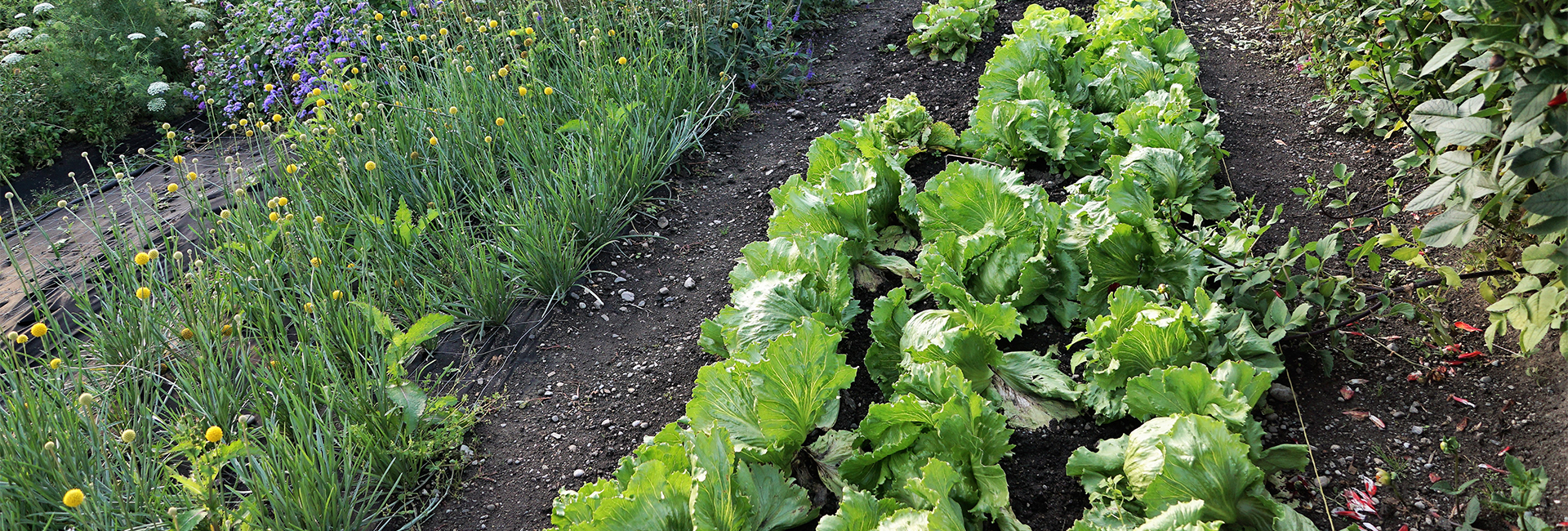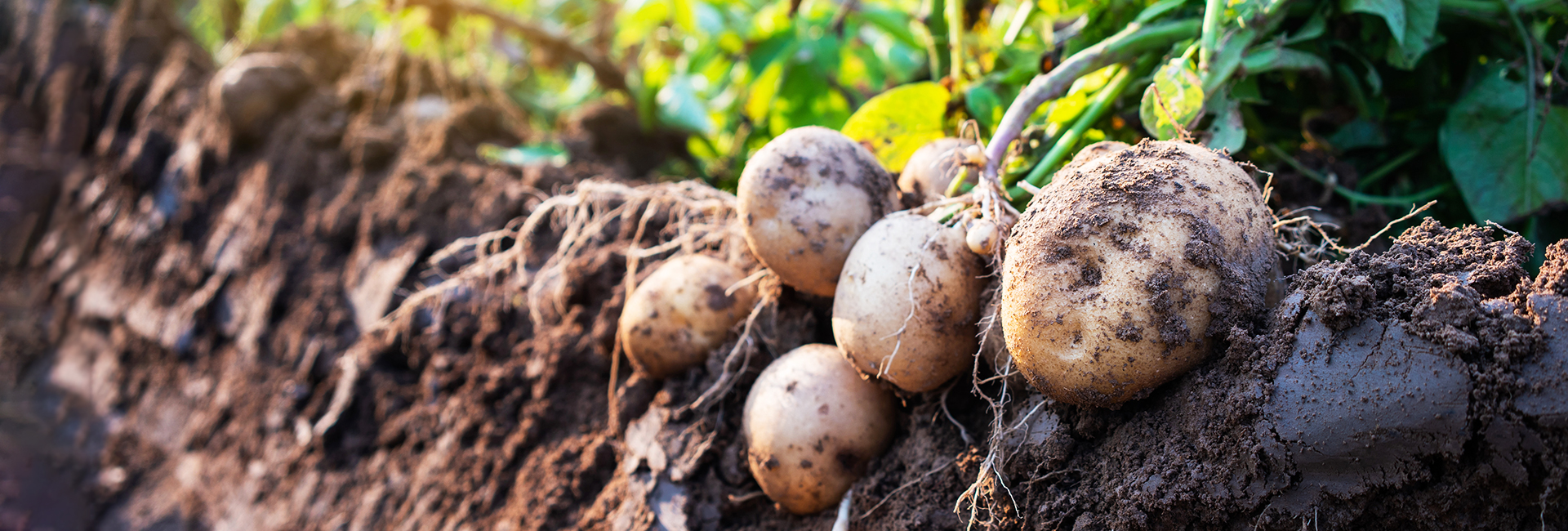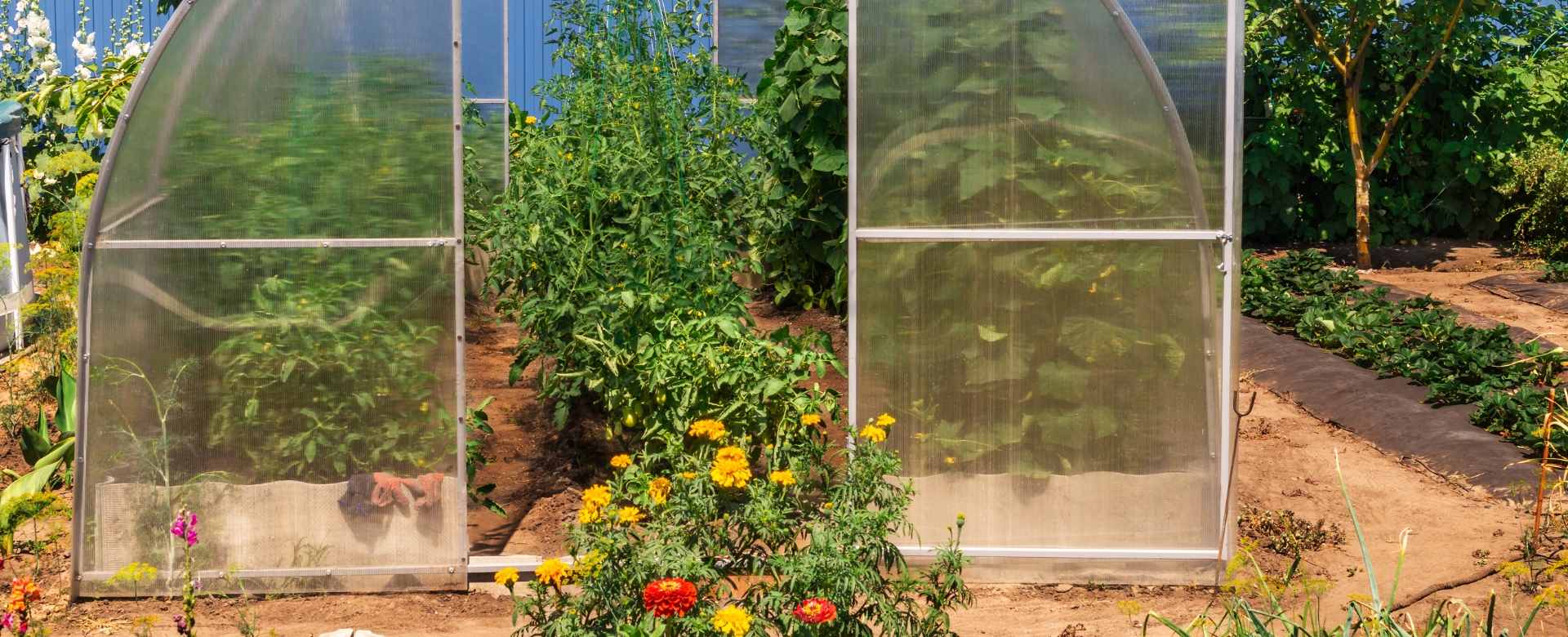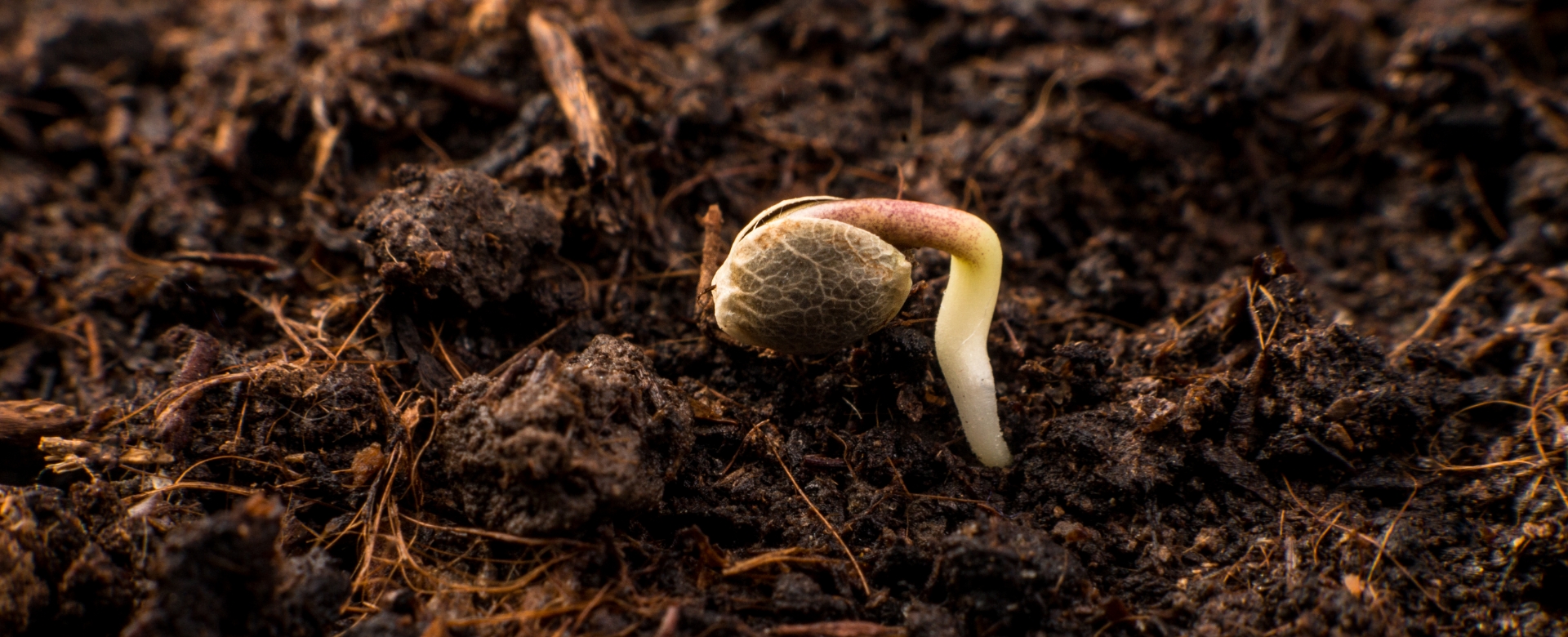Glacial rock dust is a useful soil amendment. However, gardeners don’t always know how to use it correctly.
Using too much rock dust, for example, can throw off the micronutrient balance in your garden soil, altering soil pH levels and reducing soil porosity. An imbalance will slow plant growth and diminish your garden’s ability to absorb nutrients.
Yet, when you use the optimal amount of rock dust, or rock flour as it’s commonly caused, you will increase levels of beneficial nutrients, leading to happier, healthier plants.
How should you use glacial rock dust in the garden? This guide features an overview of rock dust: what it is, how much of it to use, and why it’s beneficial for amending soil.
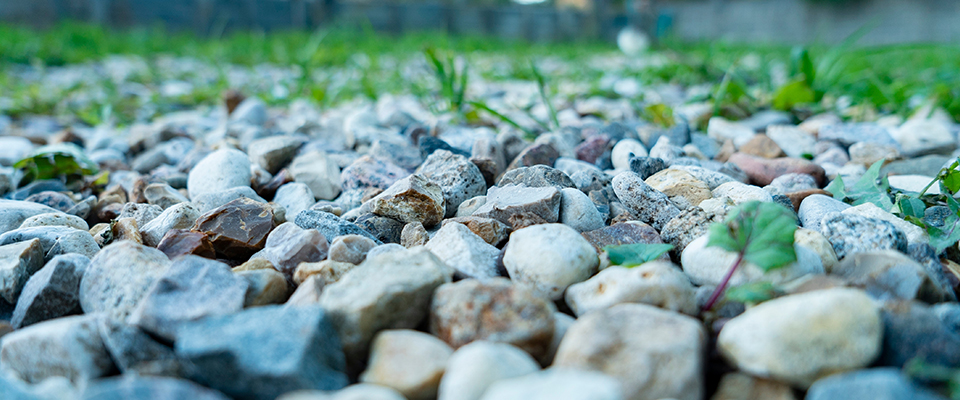
What Is Rock Dust?
The naturally occurring minerals in your soil must be replenished as your garden expands year after year.
A simple, natural soil addition for this is rock dust. You can enrich your soil with trace elements and micronutrients by using rock dust in your garden. The terms rock flour, rock minerals, rock powder, stone dust, soil remineralizer, and mineral fines are also sometimes used to describe rock dust.
Any type of mined rock that has been reduced to a powder can be used to create it.
Glacial Rock Dust vs Other Types of Stone Flour
As the name suggests, glacial rock dust is pulverized rock powder from glacial deposits of stone and rock. This type of rock flour is a valuable source of specific trace minerals that you can’t find in other types of rock.
Over time, soil frequently loses these minerals. It is pretty comparable to how a tea bag loses its effectiveness after several uses.
These mineral imbalances are restored by adding glacial rock. However, it’s important that you use rock dust in the right form. A fine powder makes it easier for plant roots to absorb and for soil bacteria to break down.

What Is the Mineral Content of Glacial Rock Dust?
Glacial rock dust is derived from rocks ground into a fine powder. This dust is rich in a variety of trace minerals that are beneficial to plant growth. The specific mineral content can vary depending on the source of the rock dust, but typically, glacial rock dust may contain the following trace minerals:
- Silicon
- Iron
- Magnesium
- Potassium
- Calcium
- Phosphorus
- Manganese
- Copper
- Zinc
- Nickel
- Boron
- Molybdenum
- Selenium
- Cobalt
- Chromium
- Vanadium
- Titanium
- Strontium
These minerals are considered “trace” because plants only need them in small amounts, but they’re essential to plant health and growth. Ultimately, the mineral content of glacial rock dust can vary widely depending on the rocks it’s derived from.
Pro Tip. Be sure to choose a product that lists its mineral content, and before applying rock dust in the garden, start with a soil test. This will tell you exactly what minerals your garden might lack.
Benefits of Using Rock Dust in Gardens
The root systems of trees, flowers, and vegetables can all benefit from an application of rock dust. Some of the key benefits of rock flour include:
- Improved Soil Structure: The addition of rock dust can improve soil structure, promoting good drainage and aeration, and encouraging root growth.
- Nutrient Supply: Glacial rock dust supplies a wide range of essential trace minerals that are slowly released into the soil, supporting plant health and growth.
- Enhanced Microbial Activity: The minerals in rock dust can stimulate the growth of beneficial soil microbes, which are essential for soil health and nutrient cycling.
- Increased Yield: Improved soil fertility and health can lead to increased plant growth and yield.
- pH Balance: While not its primary purpose, some types of rock dust can help neutralize overly acidic or alkaline soils, creating a more balanced environment for plant growth.
- Sustainability: Rock dust is a natural, sustainable product that can be used as part of an organic gardening strategy.
- Pest and Disease Resistance: Healthier, well-nourished plants are generally more resistant to pests and diseases.
Ultimately, it’s best to use rock dust as part of a broader soil management strategy, and not as a magic bullet solution to garden problems. Overuse can lead to imbalances and other issues.
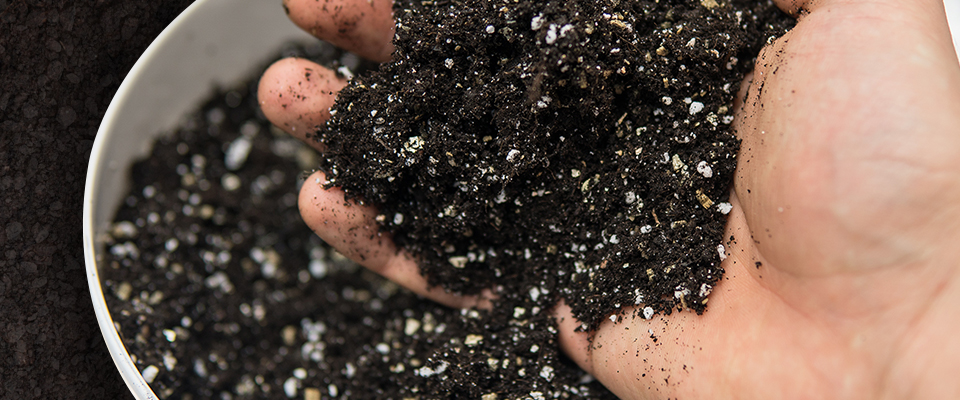
How to Use Glacial Rock Dust
When applying rock dust, start slowly. Adding too much, too quickly will disrupt the delicate nutrient balance in your garden plants.
The best strategy: Start with a soil test, and then apply slowly. You can always add more; it’s much more of a challenge to try to lower mineral content from soil.
Here are some guidelines for using stone flour in the garden:
- Test Your Soil: Before you start, it’s a good idea to test your soil. This can give you a better understanding of your garden’s current nutrient levels and pH, helping you determine how much rock dust you should apply.
- Choose the Right Product: Choose a high-quality glacial rock dust product. The product should specify its mineral content so that you can match it to your soil’s needs.
- Calculate the Required Amount: The amount of rock dust you’ll need depends on the size of your garden and your soil’s current nutrient content. Generally, for a new garden, you might need about 10 to 20 pounds of rock dust per 100 square feet. If you’re just maintaining your garden, you might need about 5 pounds per 100 square feet annually.
- Apply the Rock Dust: You can apply rock dust directly to the soil surface. Spread it evenly over the garden using a broadcast spreader or sprinkle it by hand.
- Mix it into the Soil: After application, mix the rock dust into the top layer of soil. You can do this with a rake or garden hoe. For a new garden or a raised bed, you can mix the rock dust into the soil before planting.
- Water the Garden: After applying and mixing in the rock dust, water your garden. This helps the rock dust integrate with the soil and start releasing its minerals.
- Reapply as Necessary: Glacial rock dust is slow-release, meaning it won’t immediately deliver all of its nutrients to your plants. It can be reapplied every year or so, depending on your soil’s needs.
Rock dust is not a complete fertilizer and doesn’t replace the need for organic matter in your soil. It’s most effective when used in conjunction with organic compost or other soil amendments that provide nitrogen and other nutrients that rock dust lacks.
Glacial Rock Dust vs. Azomite
Glacial rock dust and Azomite are both rock powders used as soil amendments to provide minerals and trace elements to the soil. However, they differ in a few ways:
- Source: Glacial rock dust is made from a variety of rocks that have been ground into dust by the action of glaciers. The specific composition depends on the variety of rocks that the glaciers ground up. On the other hand, Azomite (an acronym for “A to Z of minerals including trace elements”) is a specific brand of rock dust that comes from a single volcanic ash deposit in Utah.
- Mineral Composition: Both contain a wide array of trace minerals, but the specific composition and concentration of those minerals can vary. Azomite is known to contain over 70 trace minerals. Glacial rock dust also contains a broad spectrum of minerals, but the specific quantity and type can depend on the source of the rocks.
- Consistency: Azomite is usually finer and more consistent in texture, while the consistency of glacial rock dust can vary depending on its source and how finely it’s been ground.
- Nutrient Release: Because of its finer texture, Azomite might release its nutrients more quickly, while the coarser glacial rock dust might release its nutrients more slowly over time.
- pH Levels: While the pH of both amendments is generally neutral, there may be slight variations depending on their source. Azomite generally has a neutral to slightly alkaline pH, while glacial dust can vary widely.
Which Should You Use? Rely on a soil test to better understand what type of rock powder you need.
Wrapping Up
Creating a healthy and lush garden is no easy feat. Using the right soil mix (Roots Organics is one of our bestsellers) and plant nutrient solutions can make all the difference in achieving robust, thriving plants. One underused but highly beneficial method for increasing soil nutrient levels is through glacial rock dust, which supplies vital minerals that naturally occur in soils. To ensure your garden reaps the full benefits of this resource, follow these guidelines when adding it to enhance your soil’s fertility.
If you’re looking for more soil amendment tips, consider using winter cover crops in your raised beds.
To get started on your gardening journey, be sure to visit one of the Homegrown Outlet locations today!

